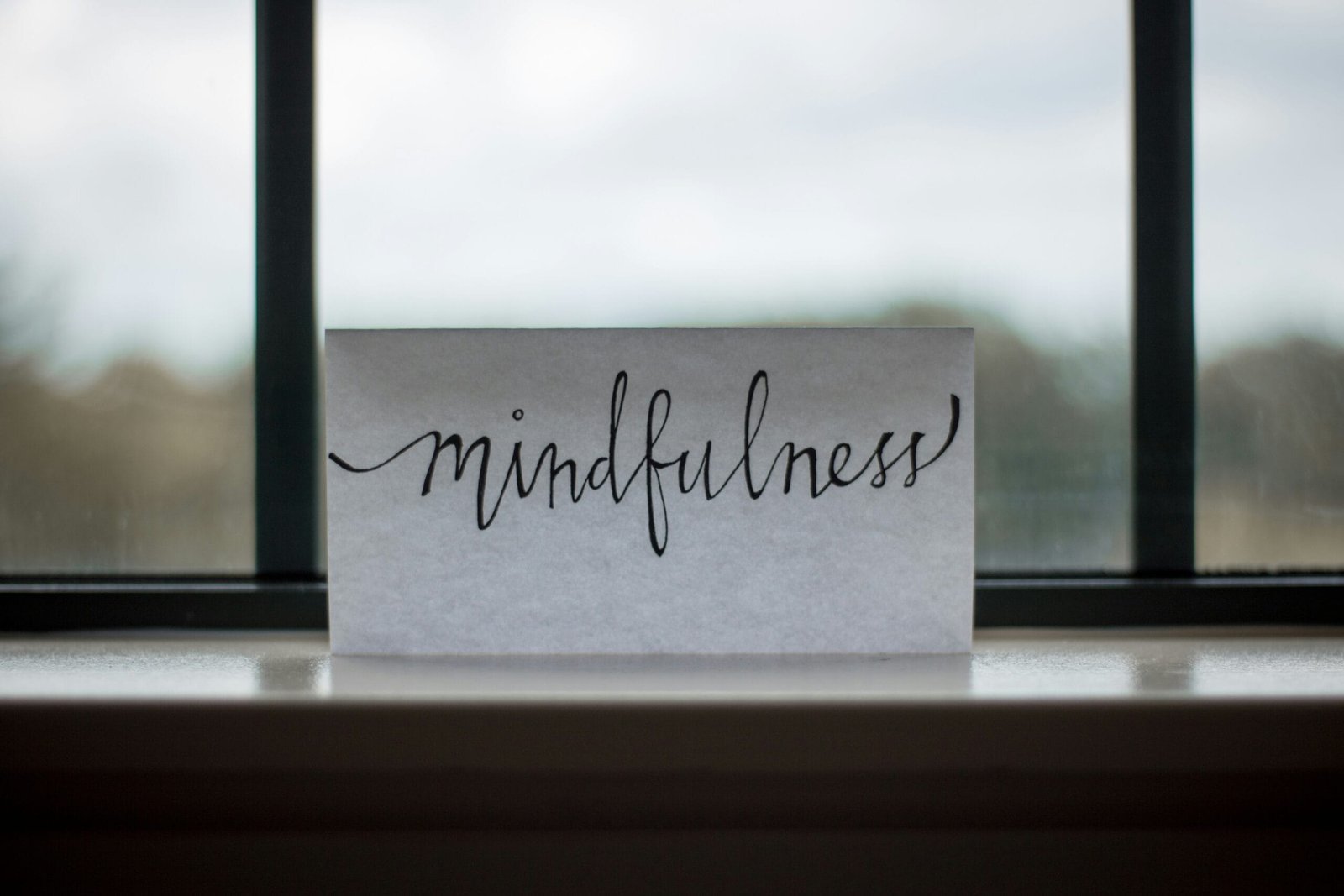Emotional burnout is a pervasive issue that affects people across various age groups and professions. It creeps in when stress becomes chronic, leaving you feeling mentally, emotionally, and physically drained. If you’ve been feeling overwhelmed, irritable, or disconnected from the things that once brought you joy, you might be experiencing emotional burnout. The good news? With the right strategies and mindset, you can recover and rediscover joy, building resilience along the way.
What is Emotional Burnout?
Emotional burnout is more than just stress. It’s the result of prolonged emotional strain, often manifesting as exhaustion, reduced motivation, and feelings of helplessness. While it’s frequently associated with work, burnout can also stem from personal responsibilities, caregiving, or even maintaining demanding social relationships. Left unchecked, it can affect every aspect of your life, from your mental well-being to your physical health.
Key Signs of Emotional Burnout:
- Chronic fatigue or lack of energy
- Increased irritability or frustration
- Feeling detached or cynical about work or life
- Difficulty concentrating or remembering things
- Physical symptoms like headaches, muscle pain, or stomach issues
- A sense of failure or self-doubt
The Science Behind Burnout
Research shows that chronic stress activates the hypothalamic-pituitary-adrenal (HPA) axis, which governs our stress response. Prolonged activation of this system can lead to imbalances in cortisol levels, negatively impacting brain function, mood, and overall health. Additionally, long-term stress reduces the brain’s capacity to regulate emotions, making you more susceptible to anxiety and depression. Understanding this biological basis helps underline the importance of addressing burnout proactively to prevent long-term damage to both your mind and body.
Practical Steps to Overcome Emotional Burnout
1. Acknowledge Your Burnout
The first step in recovery is recognizing that you’re burnt out. Pay attention to your feelings and physical symptoms. Journaling can help you identify patterns and triggers, offering a clearer picture of what’s causing your exhaustion. Self-awareness is the cornerstone of recovery.
2. Set Boundaries
One of the main causes of burnout is over-commitment. Learn to say no to tasks or responsibilities that overstretch you. Whether it’s turning down extra work projects or stepping back from social obligations, setting boundaries isn’t selfish—it’s a necessary act of self-care. Start small and gradually assert your needs to protect your energy.
3. Prioritize Rest and Sleep
Sleep is vital for emotional recovery. Create a bedtime routine that includes relaxing activities like reading or meditation. Avoid screens before sleep, as blue light can interfere with your circadian rhythm. Aim for 7-9 hours of rest every night to allow your body and mind to recharge. Incorporating short breaks throughout the day, such as walking or deep breathing exercises, can also reduce stress levels and improve focus.
4. Reconnect with Joy
Identify activities that make you happy and schedule time for them. Whether it’s painting, hiking, or spending time with loved ones, these moments of joy are crucial for recovery. Consider exploring new hobbies or revisiting old passions to reignite your enthusiasm for life. Make time for these activities weekly, even if only for a short duration.
5. Practice Mindfulness and Relaxation
Mindfulness techniques like meditation or deep breathing exercises can help calm the mind and reduce stress. Research shows that mindfulness improves emotional regulation and decreases the likelihood of burnout. Apps like Headspace or Calm offer guided sessions that are perfect for beginners. Regular yoga or tai chi sessions can also enhance your mental clarity and physical well-being.
6. Seek Professional Support
Therapists and counselors are trained to help you navigate burnout. Don’t hesitate to reach out if you’re struggling to recover on your own. Cognitive-behavioral therapy (CBT) has been shown to be particularly effective for managing stress and developing healthier coping mechanisms. Group therapy or support groups can also provide a sense of community and shared understanding.
Rediscovering Joy: A Step-by-Step Guide
Step 1: Reflect on What Brings You Happiness
Spend some time thinking about past activities or experiences that made you genuinely happy. Write them down and see if they’re feasible to reintroduce into your life. Reflect on your childhood interests, as they often hold clues to activities that resonate with your core self.
Step 2: Start Small
You don’t need to overhaul your life overnight. Begin by dedicating 10-15 minutes a day to something you enjoy. Gradually increase this time as you rebuild your energy and sense of purpose. Starting small prevents overwhelm and sets a sustainable pace for change.
Step 3: Cultivate Gratitude
Research suggests that practicing gratitude can significantly boost happiness and reduce symptoms of burnout. Keep a gratitude journal and write three things you’re thankful for each day. This simple habit shifts your focus from what’s going wrong to what’s going well, fostering a more positive outlook.
Step 4: Surround Yourself with Positivity
Spend time with supportive friends and family. Positive social interactions can help rebuild your emotional reserves and remind you of your worth. Limit interactions with toxic individuals who drain your energy, and seek out communities that uplift and inspire you.
Inspirational Quotes to Motivate You
1. “Almost everything will work again if you unplug it for a few minutes, including you.” – Anne Lamott
2. “You can’t pour from an empty cup. Take care of yourself first.” – Unknown
3. “Happiness is not something ready-made. It comes from your own actions.” – Dalai Lama
4. “The only way to make sense out of change is to plunge into it, move with it, and join the dance.” – Alan Watts
Conclusion
Recovering from emotional burnout isn’t just about reducing stress; it’s about rediscovering your passions, building resilience, and finding joy in everyday life. By acknowledging your feelings, setting boundaries, and actively seeking joy, you can reignite your inner spark and embrace a more balanced lifestyle. Remember, you’re not alone in this journey—and with the right steps, brighter days are ahead. Take small actions daily to invest in your well-being, and watch as your life transforms for the better. Rediscovering joy is a process, but with patience and commitment, you can emerge stronger and more connected to the vibrant life you deserve.
Mayo Clinic: Job Burnout: How to Spot It and Take Action
Psychology Today: Understanding Emotional Exhaustion
Headspace: Guided Meditations for Burnouth
American Psychological Association: Stress Management Resources





